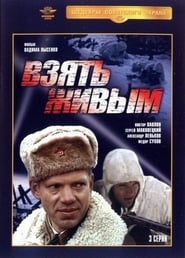detail profile boris yukhananov
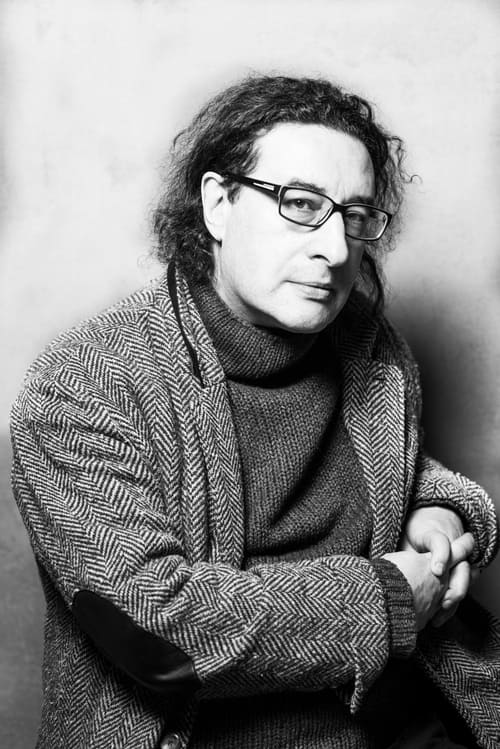
Boris Yukhananov
Борис Юхананов
atau dikenal sebagai
Riwayat Hidup
Boris Yurievich Yukhananov (Russian: Борис Юрьевич Юхананов; born 30 September 1957; Moscow) is a Russian director of theatre, video, cinema and TV, a theatre educator and theorist.
He is currently the Artistic Director of the Stanislavsky Electrotheatre, Moscow.
He was a pioneering figure in Russia’s underground art movement in the 1980s and 1990s and was one of the founders of the Soviet Parallel Cinema movement, which provided an alternative cinema to that which was produced by the state.
His recent major works include a radical interpretation of Maurice Maeterlinck’s The Blue Bird, the opera serial Drillalians and the two-part The Constant Principle.
Founder of the new processualism movement, a methodology and artistic strategy that posits theatre as the focal point of all forms of art involving every aspect of time, whether it be cinema, a musical concert or performance art.
Info Pribadi
Peran Yang Di Mainkan Boris Yukhananov
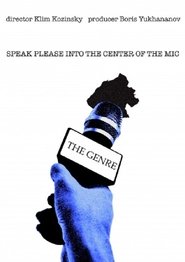 The Genre follows the rehearsals for...
The Genre follows the rehearsals for...Жанр 2017
The Genre follows the rehearsals for a theatre play by an independent company in the Soviet Union, in 1991.
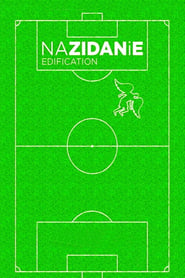 The main characters of the film...
The main characters of the film...Nazidanie 2017
The main characters of the film are Zinedine Zidane and Marco Materazzi, participants in the most scandalous episode in the history of football. During extra time of the final match of the 2006 World Cup, pitting France against Italy, the French leader, superstar Zidane, for some unknown reason took a running start and head-butted Materazzi in the chest. Zidane was sent off the field and, as a result, the French lost the match on penalties. This head-butt and the unexpected loss were now bound together in the minds of sports fans forever. But the burning question - why did it happen? – has never been properly answered. After thoroughly studying the lives of the participants in this match, the filmmakers reveal an amazing story: The 2006 World Cup appears to us in the form of a play “directed by the Creator”.
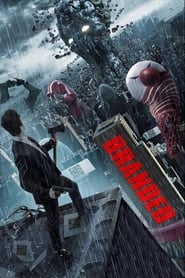 In a dystopian future where corporate...
In a dystopian future where corporate...Branded 2012
In a dystopian future, where corporate brands have created a disillusioned population, one man's effort to unlock the truth behind the conspiracy leads to an epic battle with hidden forces that control the world.
 A cyberstranger a deaf baker hipsters...
A cyberstranger a deaf baker hipsters...Chapiteau Show: Love and Friendship - Part 1 2012
A cyberstranger, a deaf baker, hipsters and Crimea, all in the first part of Sergei Loban's dilogy. - Love. This is a performance not to be missed! A love story between a fragile girl who daydreamed of becoming a princess and Cyberstranger, a mysterious young man hiding behind a nickname. A sea of tears and an abyss of despair! Can Cinderella and the Invisible Man be together? Step right up, step right up! - Friendship. Light the lights! There is a show in town today! Here is a story of a deaf young man with a flaming heart and a boy with an ice shard in his eye. Witness insidious betrayal and unbending courage! Danko and Kai – fire and ice collide! Will the universe survive the battle of the elements? A spectacle you have never seen before and will never see again!
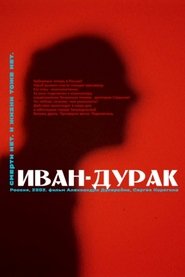 A science fiction take on the...
A science fiction take on the...Ivan the Fool 2002
A science fiction take on the classic folk character Ivan the fool/idiot.
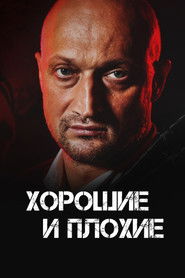 The beautiful model from Ryazan Sveta...
The beautiful model from Ryazan Sveta...Good and Bad 2000
The beautiful model from Ryazan Sveta and her fellow kickboxer Stepa in early childhood took an oath to love each other to the grave. But Stepan joined the army, where he soon received news that Sveta had left for Moscow with a rich producer. Now she shines on the catwalks of the capital. Stepa decides to go to Moscow and become a kickboxing champion.
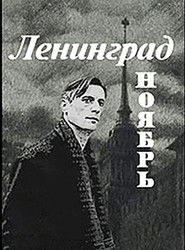 After a ten year long stay...
After a ten year long stay...Leningrad. November 1990
After a ten year long stay in West Germany, Max returns to the Soviet Union to visit his deadly ill father in Leningrad. There he finds a friend in a man who calls himself Igor and he begins a love-affair with the deafmute Lena. Around Max' relationship to his father, Igor and Lena, losely held episodes give a many fasetted portrait of Leningrad and its inhabitants. In the eyes of the returning Max, the city is at once well-known and foreign. Lyrically saturated images and sophisticated editing contributes to making the film an expressive description of a changing city.
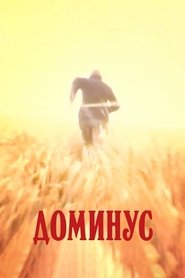 Anthology film in two parts based...
Anthology film in two parts based...Dominus 1990
Anthology film in two parts based on Ray Bradbery's stories "The Black Ferris" and "The Scythe".
 This film was shot in 1988 The...
This film was shot in 1988 The...The Mad Prince: Fassbinder 1988
This film was shot in 1988. The main action takes place in a rock group's studio during the visit of a few acolytes from Theatre Theatre. It is all served up in connection with Fassbinder «s notion of Antitheatre. The theme of the “mad prince” in actors» improvisations intertwines with the fate of the director and of directing in general. The adventures of the spirit form the true tale of this film. We use only the single interior, the studio room where nothing happens aside from the pulsations of spirit. It comes to life here, and it rests, as if gaining new strength. The Mad Prince Fassbinder is, indeed, spirit. Only a free camera is capable of capturing this freedom.
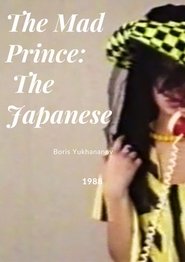 The basis for the making of...
The basis for the making of...The Mad Prince: The Japanese 1988
The basis for the making of this film was a TV show to which many figures of the «youth culture» were invited. Boris Yukhananov turned this into a video project. This plot recurs twice in the film, forming a compositional counterbalance, at the beginning in the guise of a black-and-white television set, and at the end by means of the video action itself. Throughout the entire film we follow a Japanese man who is a kind of medium, a superhero, a bloated ghost of life after death, thus emphasizing the speculative spirit of the huge interest then being paid to «youth culture.» His adventures begin at a lecture podium that is replaced by an autopsy table in a morgue, and they gradually move on to an endless ritual dance with death in its various forms.
 Boris Yukhananov along with his friends...
Boris Yukhananov along with his friends...The Mad Prince: Esther 1987
Boris Yukhananov, along with his friends Tauz, Salah, Nadia and Olya, come to shoot an episode for the video novel "The Crazy Prince" to Nikita, who in turn is in a film expedition near Pskov. Along the way, the tragic history of the Chechen people is interfaced with the biblical book of Esther, a video with a movie, love with death, the sun with night, and happiness with tears.
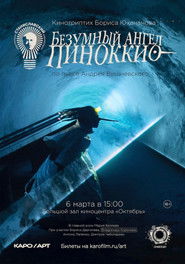 Boris Yukhananovs film triptych based on...
Boris Yukhananovs film triptych based on...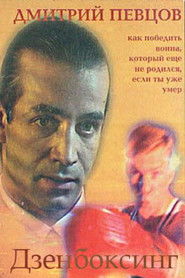 How to defeat a warrior who...
How to defeat a warrior who...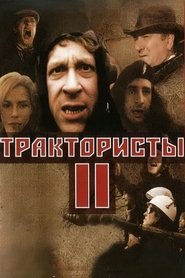 The remake of the original 1939 Tractor...
The remake of the original 1939 Tractor...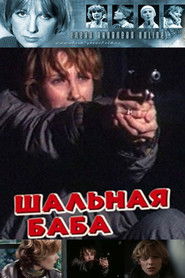
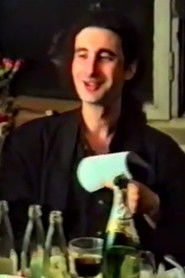 A drinking play with cannons and...
A drinking play with cannons and... Aquarium Fish of This World is...
Aquarium Fish of This World is...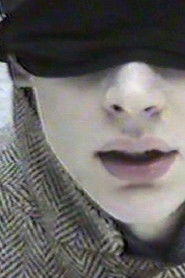
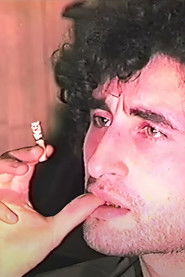 Mansion is the first part of...
Mansion is the first part of...